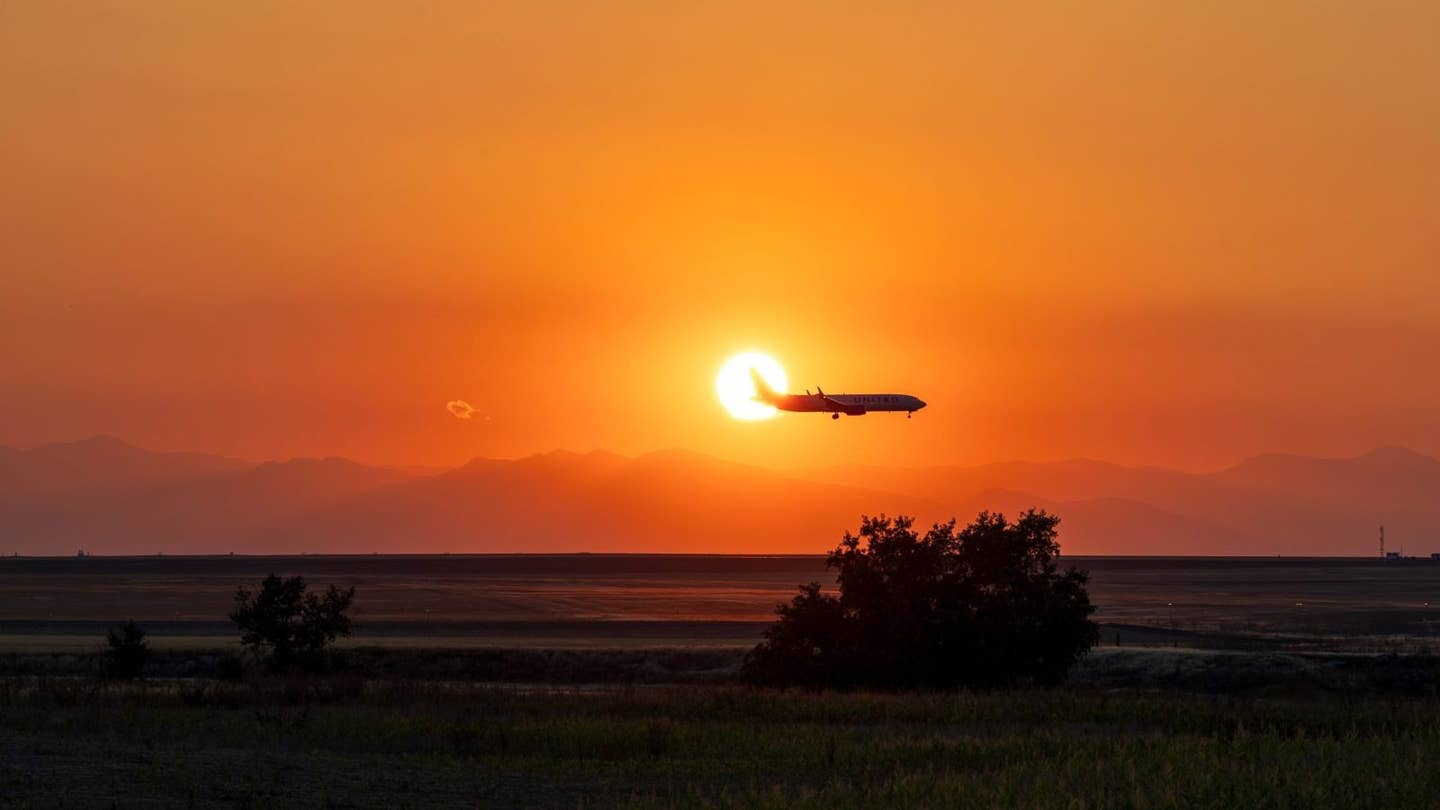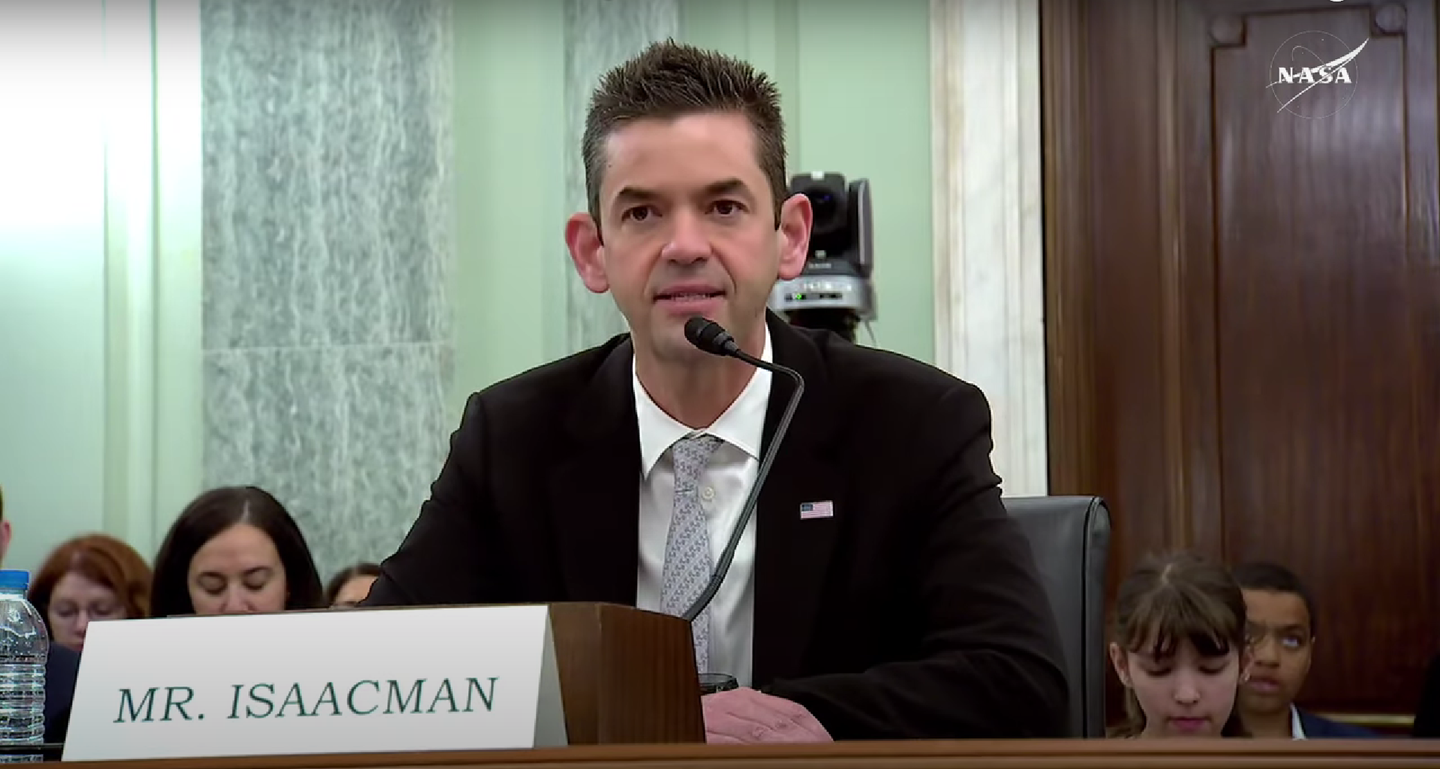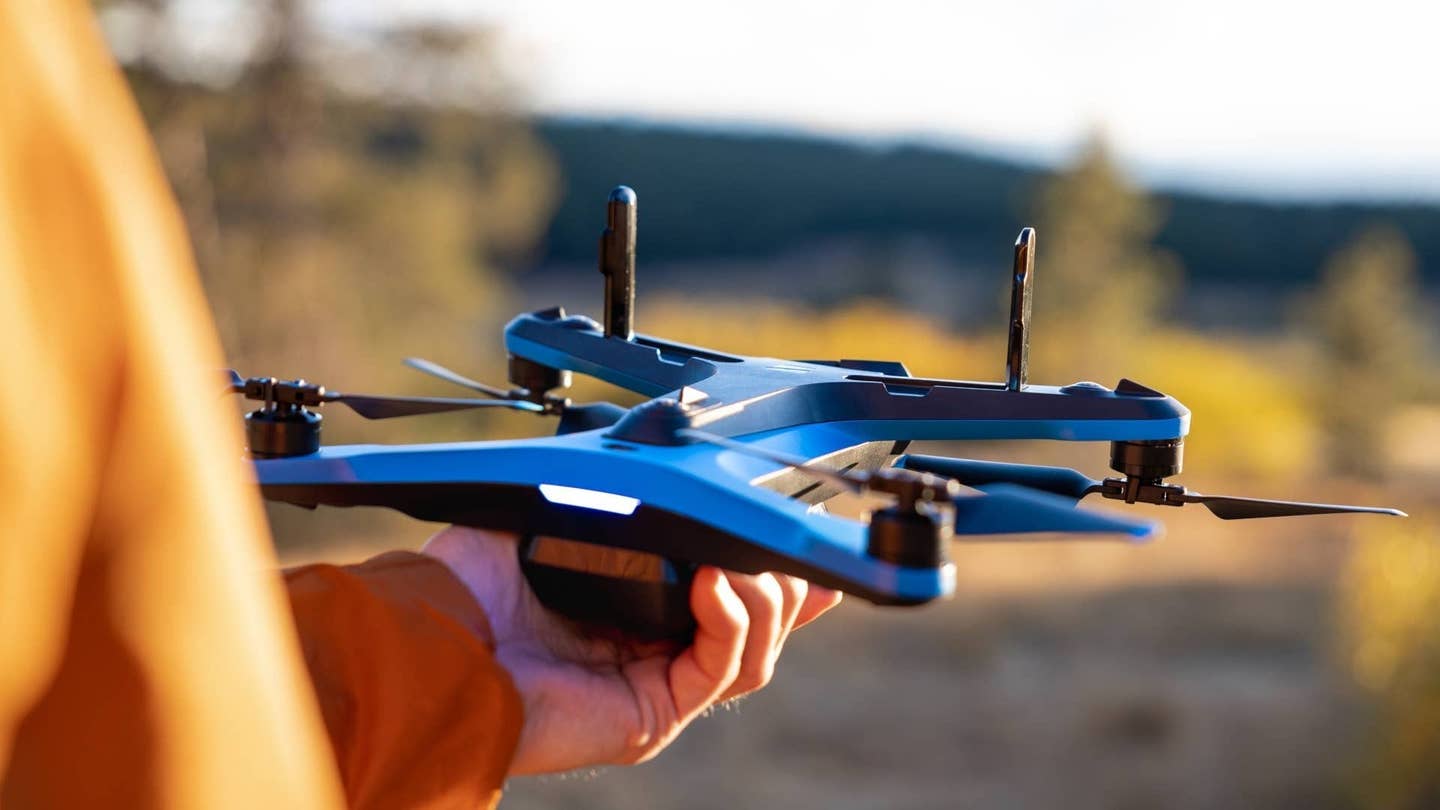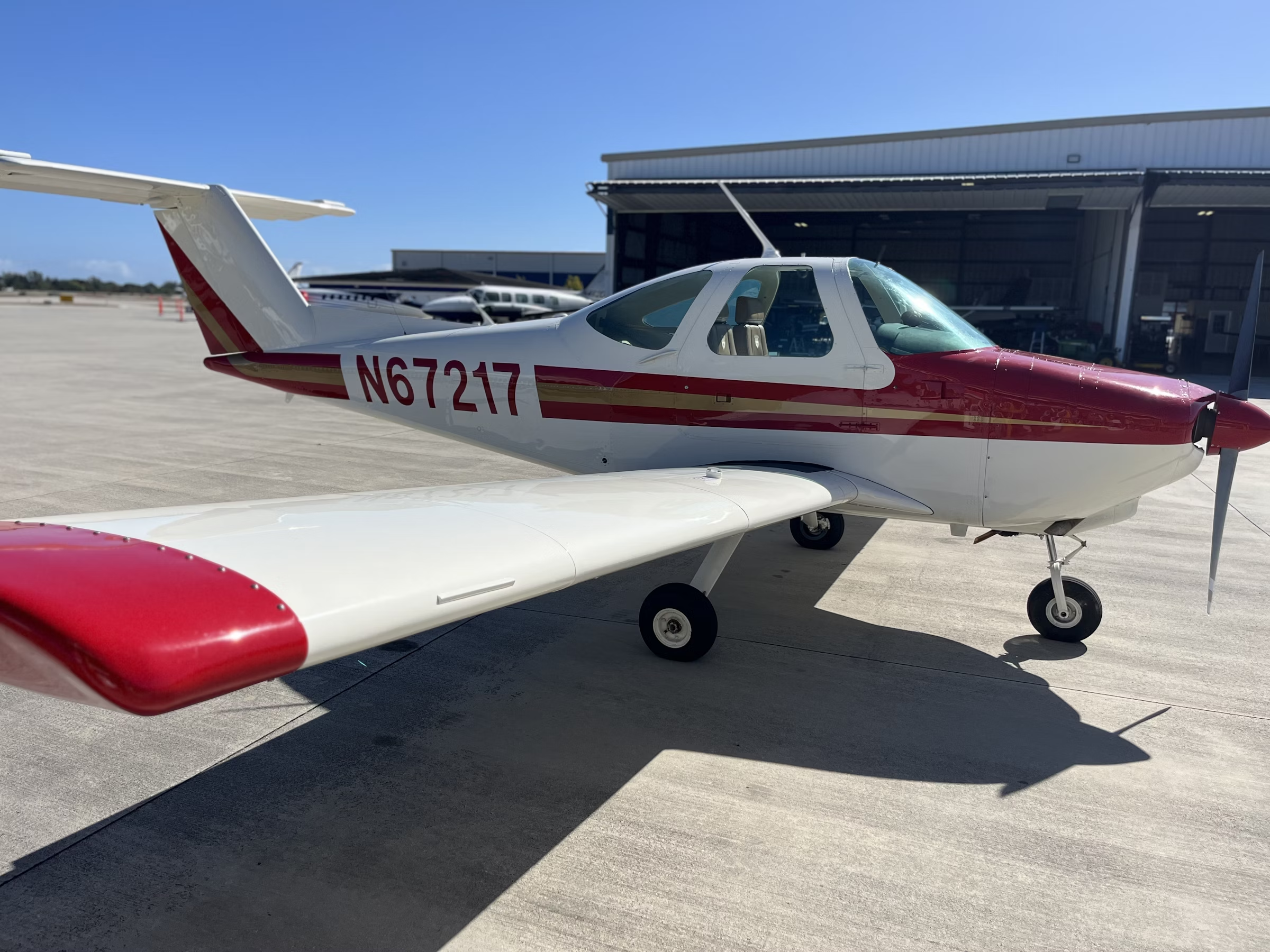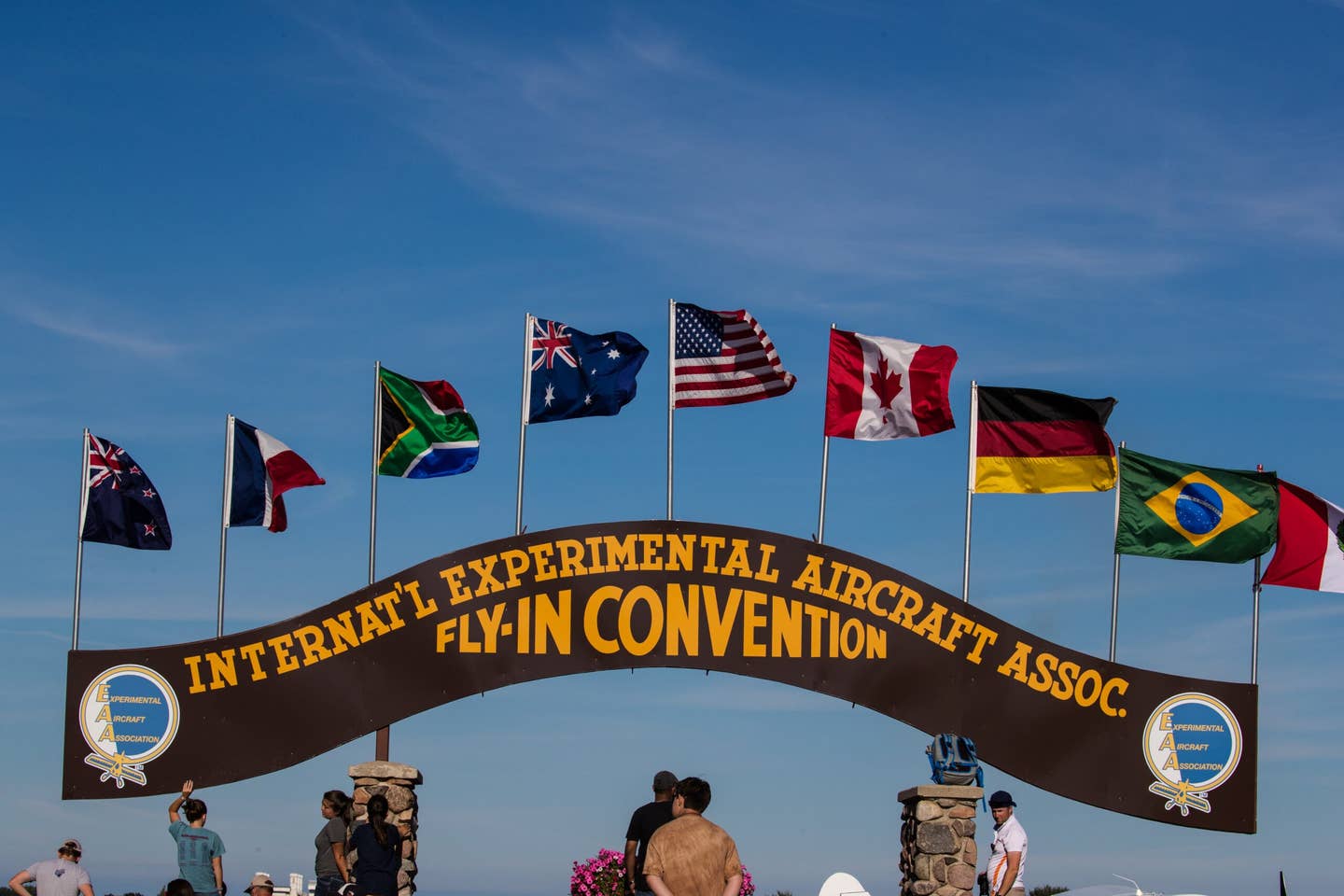SpaceX—Not Boeing—Will Return Starliner Astronauts After Monthslong Mission
NASA officials will enlist SpaceX’s Dragon to return the crew of Boeing’s Starliner, which suffered several issues on its way to the ISS.
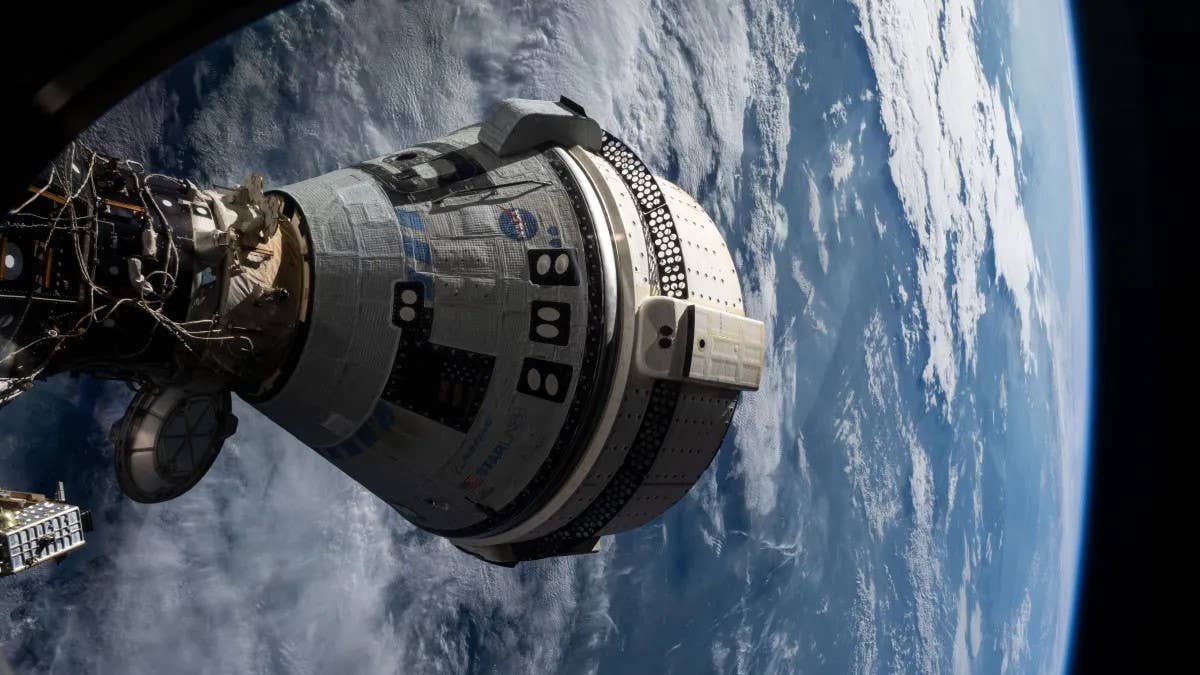
Boeing’s Starliner capsule has been docked to the International Space Station since June 6. [Courtesy: NASA]
In a turn of events that looked increasingly likely in recent weeks, NASA on Saturday announced that SpaceX—not Boeing—will return astronauts Butch Wilmore and Suni Williams from the International Space Station (ISS) due to lingering problems with Boeing’s Starliner capsule.
The semireusable vessel to the ISS is in the midst of its inaugural crew flight test (CFT) for NASA, which was planned as an eight-day visit to the orbital laboratory but has stretched for months. Officials over the weekend determined the spacecraft’s ongoing helium leaks and thruster issues pose too much risk for the mission to be completed with crew.
Instead, Wilmore and Williams will hitch a ride on SpaceX’s Crew Dragon, which will launch to the ISS on the Crew-9 mission scheduled for September 24. They’ll work alongside the Crew-9 astronauts during their six-month stay, coming home in February—eight months after they left.
The mission was intended to be Starliner’s final test flight before NASA certifies it for routine ISS missions.
“Spaceflight is risky, even at its safest and most routine,” said NASA Administrator Bill Nelson during an update at Johnson Space Center in Houston on Saturday. “A test flight, by nature, is neither safe nor routine. The decision to keep Butch and Suni aboard the International Space Station and bring Boeing’s Starliner home uncrewed is the result of our commitment to safety: our core value and our North Star.”
Both Wilmore and Williams are seasoned astronauts, having completed monthslong spaceflight missions in the past. They’ll have plenty of supplies for their extended stay. NASA launched an ISS commercial resupply mission this month and has another scheduled for October.
Norm Knight, director of flight operations for NASA, said he spoke to the crewmembers on Saturday and that they support the decision to return in February. During their lone Earth-to-orbit call in July, the astronauts said they are “having a great time” on the space station.
To make room for Wilmore and Williams, SpaceX’s Crew-9 will fly with two astronauts rather than the typical four. NASA is working to reconfigure Dragon’s seats and adjust the mission manifest to accommodate additional supplies, personal items, and spacesuits for the Starliner crew.
Before Crew-9 launches, Starliner—which is capable of flying autonomously—must undock and make a controlled reentry and landing in the New Mexico desert, freeing up a docking port for Dragon. NASA officials will conduct a flight readiness review to determine when that will happen.
“We also will continue to gather more data about Starliner during the uncrewed return and improve the system for future flights to the space station,” said Ken Bowersox, associate administrator of NASA’s space operations mission directorate.
Nelson on Saturday said he spoke to newly anointed Boeing CEO Kelly Ortberg, who assured him the company would finish out its $4.2 billion contract to develop Starliner and fly two to six commercial ISS missions. The manufacturer has already spent $1.6 billion out of pocket to cover delays and cost overruns on the fixed-price agreement.
“We continue to focus, first and foremost, on the safety of the crew and spacecraft,” Boeing said in a statement. “We are executing the mission as determined by NASA, and we are preparing the spacecraft for a safe and successful uncrewed return.”
What Went Wrong?
Technical problems and setbacks are nothing new for the Starliner program, which has been hampered by faulty thrusters, software and communications issues, corroded valves, and even flammable tape Boeing installed in the cockpit.
NASA in 2014 awarded contracts to Boeing and SpaceX, which received $2.6 billion, to build the vehicles that would comprise its Commercial Crew astronaut rotation program in a bid to reduce its reliance on Russian Soyuz spacecraft. The agency is seeking two vehicles so that each can serve as a backup for the other.
Since then, though, SpaceX has flown eight Commercial Crew missions, while Boeing has yet to complete a crewed flight test.
“All of us really wanted to complete the test flight with crew, and I think unanimously we’re disappointed not to be able to do that,” Bowersox said of the Starliner CFT.
NASA and Boeing knew about a helium leak on Starliner’s service module—the spacecraft’s expendable component—prior to the mission but took a calculated risk in authorizing it. During the vehicle’s approach to the ISS on June 6, crews discovered four more leaks, which officials said have stabilized.
The bigger issue lies with the service module’s reaction control system (RCS) thrusters, made by Boeing contractor Aerojet Rocketdyne. During Starliner’s deorbit burn, they will be required to align the spacecraft with its landing spot. Five of these thrusters failed to fire at full strength during its rendezvous with the ISS. All but one of them, which has been deactivated, are back to normal after testing, NASA said.
But the agency has struggled to trace the root cause of the problem. It delayed Crew-9 in order to perform ground testing at White Sands Test Facility in New Mexico, putting an identical RCS thruster through the same maneuvers that affected Starliner on orbit.
Throughout the process, officials insisted that Starliner—not Dragon—would be the astronauts’ ride home. But their tone changed in August, when engineers theorized that extreme heat from the thrusters caused a seal to expand, blocking the flow of propellant and dimming the flames.
“We are clearly operating this thruster at a higher temperature at times than it was designed for,” said Steve Stich, manager of NASA’s Commercial Crew program.
The thruster issue ultimately traces back to a design flaw with the “doghouses” that insulate the hardware from space. These pods—which each house several thrusters—are retaining too much heat during more intense maneuvers. Engineers thought they had addressed the issue following Starliner’s second uncrewed test flight, which reached the ISS but suffered similar RCS thruster problems.
“We thought, obviously, we had done enough analysis to show that the thrusters would be within the temperatures that they were qualified for,” said Stich. “Clearly, there were some misses in qualification.”
Officials on Saturday concluded, unanimously, that there is enough risk of the problem resurfacing during the deorbit burn to pivot to Dragon. But it wasn’t without pushback from Boeing, which according to Bowersox held “tense discussions” with NASA.
“We view the data and the uncertainty that’s there differently than Boeing does,” said Jim Free, associate administrator of NASA.
Boeing officials including Mark Nappi, vice president and manager of the company’s Commercial Crew program, repeatedly downplayed the severity of the thruster issues over the past two months. On August 2, the firm even made a blog post reiterating its confidence in Starliner and summarizing the testing that had been performed.
Ultimately, though, NASA said it has learned from the missteps of the space shuttle Columbia and Challenger catastrophes and decided to err on the side of caution.
“We lost two space shuttles as a result of there not being a culture in which information could come forward,” said Nelson. “We have been very solicitous of all of our employees that if you have some objection, you come forward.”
What’s Next?
Bringing Starliner home uncrewed undoubtedly deals a blow to Boeing, despite officials’ assurance that the capsule will soon fly again. Nelson said he is “100 percent certain” the spacecraft will carry crew on future missions.
“Starliner is a very capable spacecraft and, ultimately, this comes down to needing a higher level of certainty to perform a crewed return,” said Stich.
When those missions will launch, however, is anyone’s guess. The spacecraft’s debut service mission, Starliner-1, is scheduled for August 2025 after its initial February window was given to SpaceX’s Crew-10. But that date could be jeopardized by further NASA requirements, including—potentially—another CFT.
Officials on Saturday did not commit to that. But Stich in July said NASA and Boeing “understand it’s going to take a little bit longer” to certify the spacecraft than previously thought. Officials this month said they were unsure whether NASA would classify the CFT as a mishap, which would require a more thorough investigation.
Any delay could jeopardize Starliner’s ability to fulfill its contract before the ISS is retired by NASA and SpaceX at the end of the decade. Per Ars Technica, the agency has only placed firm orders for three missions and can purchase individual flights from Boeing or SpaceX as needed.
Keeping the program on track will likely come down to Boeing, which is on the hook for any redesigns required to address Starliner’s helium leaks and faulty thrusters.
“They’ve spent ‘X.’ Will they spend ‘Y’ to get to where Boeing Starliner becomes a regular part of our crew rotation?” said Nelson. “I don’t have the answer to that, nor do I think we would have the answer now.”
Like this story? We think you'll also like the Future of FLYING newsletter sent every Thursday afternoon. Sign up now.

Sign-up for newsletters & special offers!
Get the latest FLYING stories & special offers delivered directly to your inbox

